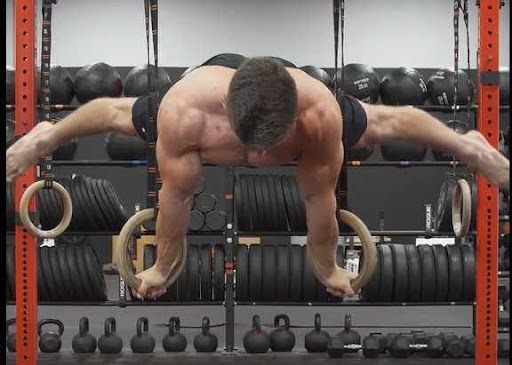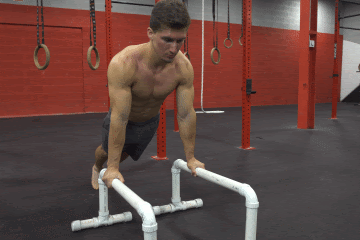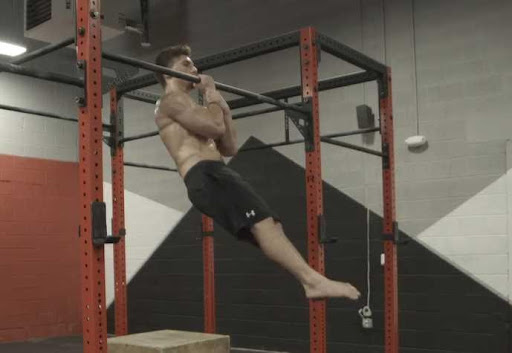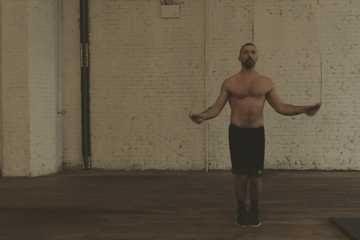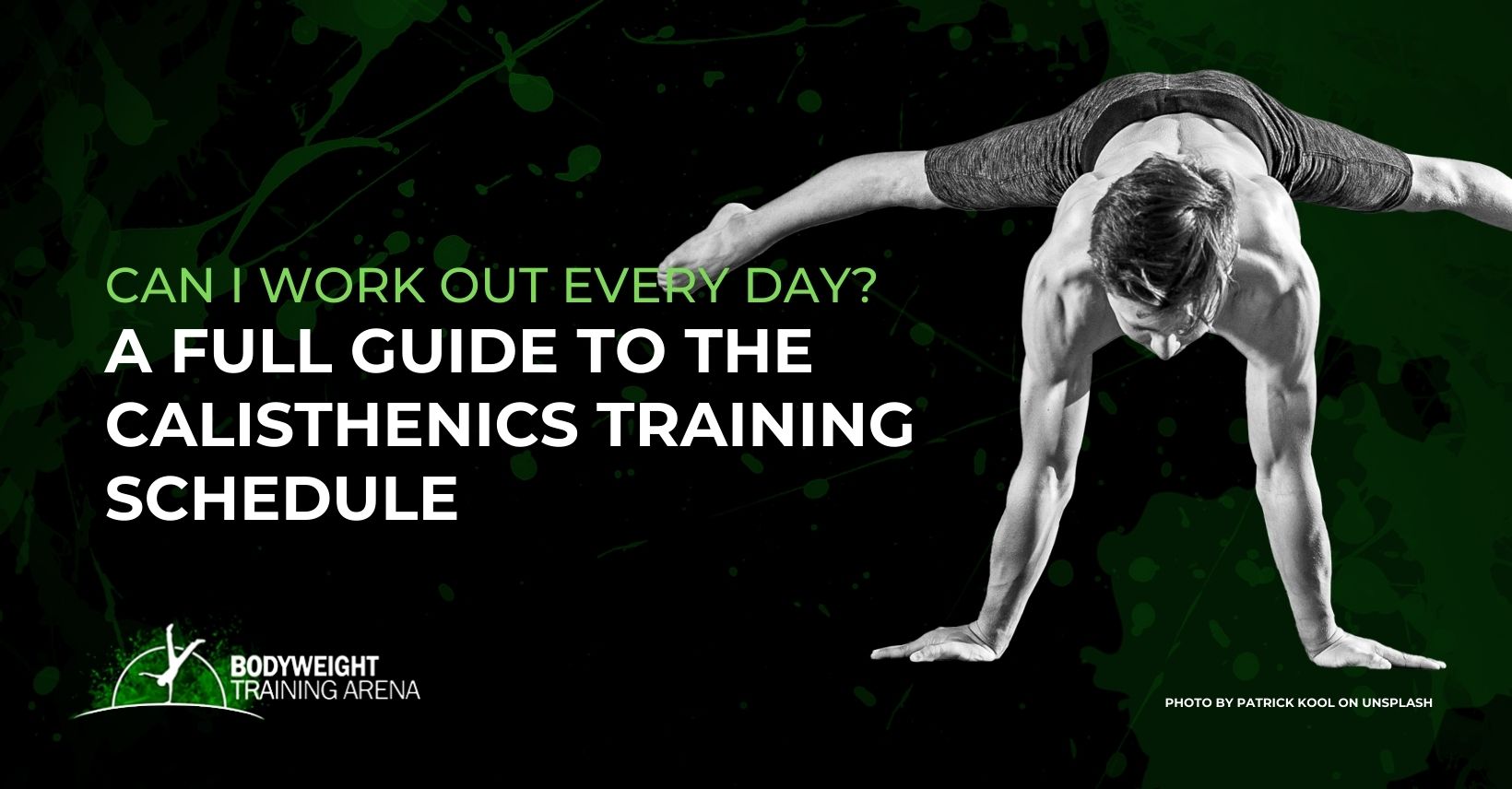
Join the tribe of Movement & Calisthenics Athlete – People just like you that are working with their own body weight to get strength, lose fat build muscle, recover from injuries and live their best lives!
“Can I workout everyday with calisthenics?”
It’s a question that many people have when they are in the process of achieving their fitness goals.
Many people think that by doing exercise every day, they will see progress over time – but this MIGHT NOT BE AN EFFICIENT approach to progressing.
In order to get maximum results from your workouts, you need to be focusing on exercises that can lead you towards your goals through specificity and give it enough variety and time so it stays engaged, strong, and healthy.
What is the truth about everyday workouts?
The short answer: you can do it, but there are potential downsides.
Studies have shown that people who work out every day get better results in terms of weight loss and muscle gain. But there are some side effects to this type of training schedule. Let’s find out below!
Different goals
Before moving on to the question at hand, it’s vital to cover the different goals that you might want to achieve with your physical activity and workout program.
Not all of us have the same physical fitness level and fitness goals. Here are what you might be looking at.
Lose weight
Weight loss or fat loss is basically aiming to lose as much weight as possible through daily exercise.
Many people tend to focus on aerobic activities for this goal. While peer-reviewed studies show that aerobic activity can lead to faster weight loss, implementing strength exercises into your fitness routine is still the best way to go to maintain or even increase muscle tissue in the body while losing fats (weight).
Aside from exercise, a calorie deficit or eating around 250-500 calories less than what your body needs provide the result you are looking for.
A healthy benchmark for weight loss is losing 1 to 2 pounds (0.5 to 1 kg) per week.
Gain muscle
Building muscles is a slow, but essential process for overall health. We all need muscles to perform even the most basic sessions.
Gaining muscle tends to require moderate exercise with resistance training to develop bigger muscles over time. Aerobic activity isn’t necessary to build muscle, but strength training should be considered.
To build muscle, you need to have adequate stimulation in your training session consistently, while getting enough protein, calories, and rest. More of this on How to Build Muscle Mass using Bodyweight Only
Skill training
Strength-based exercise, planche (especially when done on rings) should not be trained every day because of the high demand on the body.
Skill training pertains to the goal of acquiring calisthenic skills. Aside from the physical aspects and overall fitness of learning a skill, a skill component has a high mental degree and focus in order to master. So maintaining a good technique is vital throughout the process.
For example, when mastering a handstand, you need to train as mentally and physically fresh as possible to avoid your body and mind learning incorrect patterns in the technique.
Why is knowing the goals important?
Each goal can somehow already dictate the intensity of the workout, meaning that it will affect if you can train every day or not.
For weight loss, daily workouts are possible if the factors affecting training are balanced out. The physical activity you choose matters.
For muscle building and strength training, adequate rest days must be included since exercises can be moderate to intense.
For skill acquisition, it depends on the skill and intensity of training you are implementing. For strength-based skills such as planche, front levers, one-arm pulls, the workout demands are high so a single rest day is a must and you can’t train the exact skill every day.
Lighter skills such as freestanding handstand, or mobility-based skills, it’s possible to train every day since it’s not ideal to work on these skills until fatigue.
How can you work out every day?
In general, there is one major factor that affects your workout frequency and that is recovery.
How well you can recover after a physical activity lets you know if you can work out the succeeding days.
Below is the breakdown on how can you tell if your recovery will be enough if you can train seven days a week while still getting enough rest.
Factors affecting recovery
Although recovery is the main topic, the amount of stimulation you get from your workout is still what dictates how much recovery time you need.
In short, it’s how much effort are you putting into your workout every single day.
Volume
Easier push-up progressions, if you’re skill level permits it, is an excellent choice for volume training.
Workout volume simply means how much work you do in a training session which is usually indicated as sets x reps according to the effort performed for the workout. The higher the number of sets and reps you do, the higher the volume of your workout.
Volume workout is highly associated with building muscle because it’s an effective method in doing so. This goes especially true with calisthenics since we’re limited with the amount of weight we put in our exercise so we increase the volume to create an intense exercise.
High volume workout is done with moderate physical activity with resistance (bodyweight in terms of calisthenics) which typically requires longer rest periods. Give your body time, around 24-48 hours per muscle group.
With low volume workout, another factor should be considered which is exercise intensity discussed below.
Exercise intensity
High-intensity exercises such as assisted one-arm pull-ups should be done at lower volumes because of the high neural demand to perform even just a single rep.
This one refers to the effort needed to perform an exercise. In weightlifting, it’s identified as one rep max or the maximum weight you can carry for a single repetition.
Since we’re working with calisthenics, the rough gauge we can use is the hardest exercise we perform with good form within the limit of the strength rep range 1 – 5 reps.
When working with high-intensity exercises 1 – 5 reps, you need a longer resting period even if you training with low volume.
In reality, exercise intensity and workout volume go hand in hand. You cannot separate them. They have an inversely proportional relationship meaning that when the volume is high, the exercise intensity should be low. Conversely, when the volume is low, the exercise intensity should be high.
Higher loads with low volume tend to become a strength training style approach while lower loads with high volume are good for muscle endurance and hypertrophy. There is also the middle ground which is great for muscle-building purposes.
Type of workout
Here’s another element you need to consider: type of workout-based muscle group division. There are two main categories that usually garner a huge discussion depending on effectiveness.
Full body vs split
Here’s a summarized version of the old debate between two approaches. Each has its own advantages and disadvantages. For a more comprehensive read on the topic, read here: Full-body training vs Split routines
Full body training
Full-body training, as the name suggests, is strength training including all major muscle groups. This means hitting all the upper and lower body, posterior and anterior chain.
Because of the high intensity and demand of the workout, it’s best to stick with 3 full-body sessions per week.
Advantages
- Cover all muscle-groups
- Best for general strength and muscle development
- Excellent for beginners or those who came from a training hiatus
- More recovery time
- Allows training for other activities and exercises
Disadvantages
- Training session usually takes a longer time
- Lacks flexibility for workout structure especially for specializations
Split training
A split workout is a popular approach in the gym when you want to build muscles. This workout is done by alternating muscles or movement patterns in the days of a weekly routine.
The alternating days allow for other muscle groups to rest as you work on the targeted muscle. It offers the potential for daily workouts although it would still depend on your skill level and intensity.
Advantages
- Highly effective for building muscle mass
- Allows maximum rest for each muscle group
- Offers flexibility with training structure for specialization
Disadvantages
- Each body part is trained less frequently
- Possibility of favoring specific body parts when training
- More difficult to catch up with the schedule when missed a workout
Active recovery
A method to train your body daily is to implement active recovery workouts. A study published in the fitness journal suggests that including this in your post-workout or different days allows for faster recovery.
Exercises that can belong in this category include brisk walking or moderate cycling, swimming for the upper body. A good 10-15 minutes after your training is enough.
You can also consider a complete rest day if too much intense exercise is done on a single day instead of these active movements.
Conclusion
Getting regular exercise into your weekly routine is crucial to improving your general health and life. Physical activity guidelines suggest that the average adult exercise should at least have 150 minutes of moderate aerobic activity or 75 minutes of intense workout.
Working out every day isn’t necessary if you want to achieve your goals in fitness no matter what goal you want to achieve.
Taking rest days or even just one day in your routine per week isn’t the end of the world. Most benefits are gained with accompanied recovery days.
It’s not just about getting back your energy after a solid workout in the gym. It’s about letting your whole body and mind recover from the stress you subject your body through your workouts.
Getting nutrition from high-quality sources, sleeping at least 8-hours to fully recover is good for overall health and well-being while.
At the end of the day, working out every day depends on how intense your workouts are and if it suits your current lifestyle and fitness goals.
The benefits of workouts can still be achieved even if you don’t work out daily. Don’t stress it out so much.
If you want to work out every single, be sure you have your bases covered. For better and safer results, check out auto-regulation: The Secret weapon for progress!

